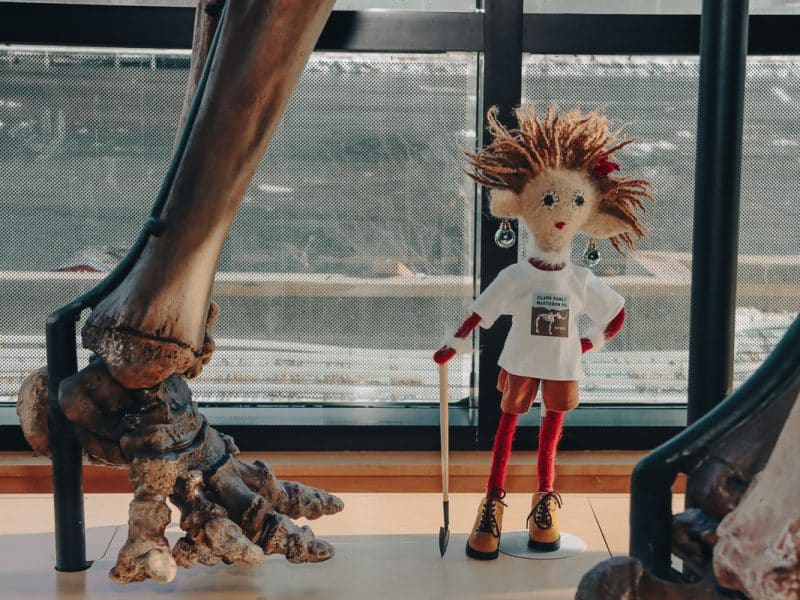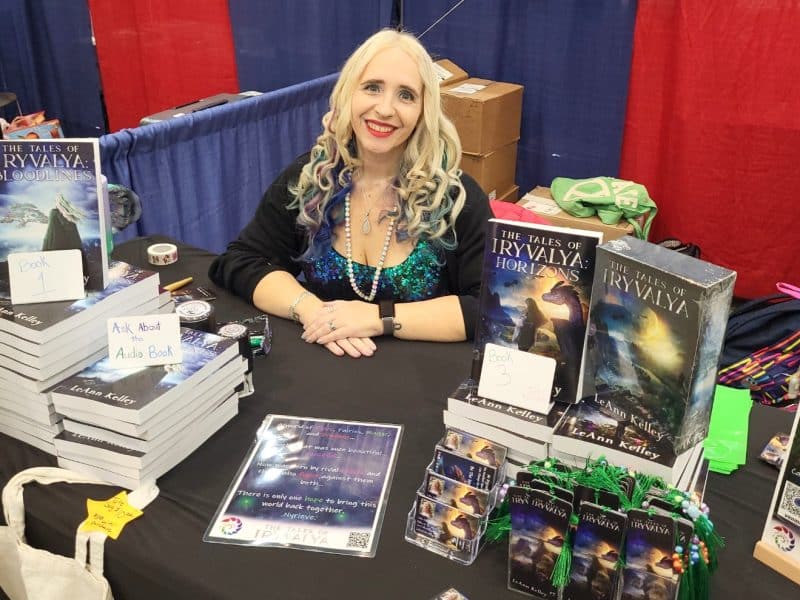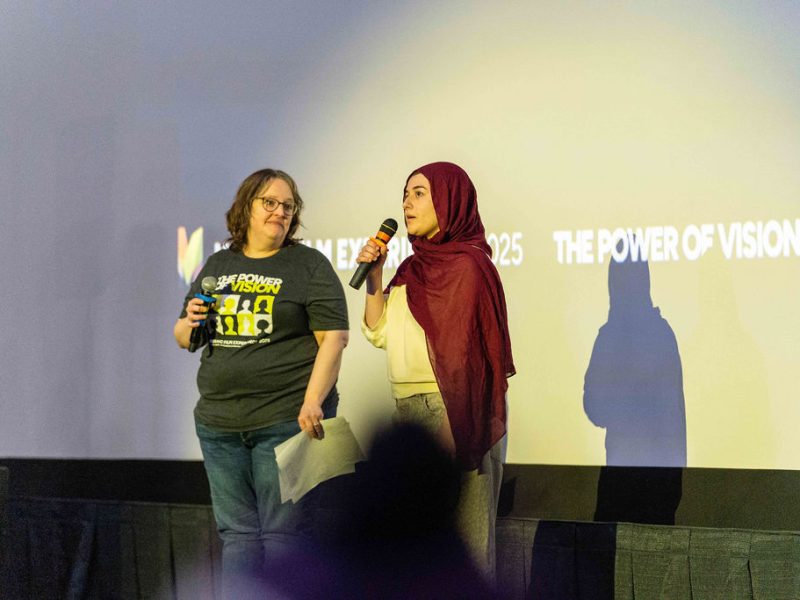Rapid Blog: Building an illustration community
Your surroundings are filled with illustrations; children's books, logos, advertisements, magazines, and banners on Google. These images are produced by illustrators. So, what is an illustrator? The newly formed Illustration League defines the title, and fills us in on the challenges facing those in the industry.
Illustration is a vital part of design, and illustrators a part of our design community. In this special edition of Rapid Blog, The Illustration League, "a Michigan based network of illustrators teaching, exchanging, and enhancing the ideas and practices of professional illustration," fills us in on the complexities of making a living as a freelance illustrator in West Michigan.
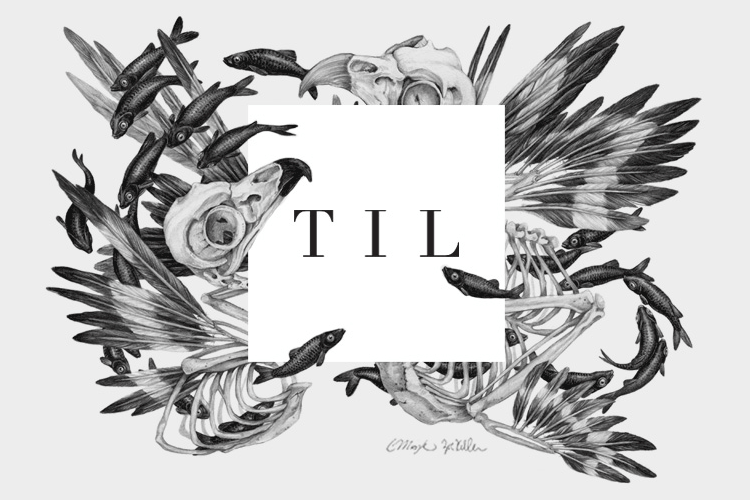
Your surroundings are filled with illustrations; children’s books, logos, advertisements, magazines, and banners on Google. These images are produced by illustrators. So, what is an illustrator? Simply, an illustrator is the creator of visual communications that support a concept or text. They have an exceptional ability to translate ideas into visual images that solve problems conceptually and technically. Illustrators apply this skill in a wide variety of fields and concentrations, and here’s a general breakdown of a few popular ones:
Instructional: Illustrations are necessary for explaining, visualizing, or conceptualizing information. Fields include: scientific and medical illustration, sketchnoting, 3D renderings, and diagrams.
Narrative: Illustrations are essential for telling or supplementing stories. Fields include: picture books?, character concepts and design, comic books, animation, and storyboarding for film.
Design: Illustrators may create assets for design projects, or become the designer themselves. Fields include: graphic design, UX/UI (user experience/user interface) design, prototyping, fashion illustration?, information design?, technical illustration?, and industrial design.
The intersection between illustration and other professions
This extensive range leads illustrators to work with a diverse spectrum of clients. An illustrator is often hired for their style. However, illustrators can be multi-disciplined, which allows them to collaborate with different types of industries. For instance, you may find individuals who can illustrate, but who are also industrial designers. They use illustrations to convey a look and function of a new product. Likewise an illustrator might be a UX designer who uses illustrations to convey visual narratives.
Each illustrator has a process for work alongside a client—often this follows the three tiered process of, understand (empathy) → ideate → execute. Empathy is an integral part of this process in order to clearly communicate the client’s needs or ideas. When done correctly, this helps emphasize the client’s platform in an creative or concise manner.
Challenges
Illustrators can produce great visual stories, but are challenged with being educated properly, running their businesses, and the culture of being an independent illustrator.
Education
Keeping up with technology is necessary for illustrators. They need to be able understand and utilize the proper industry software and hardware tools to complete their work.
The larger issue is the lack of education in colleges and universities about best practices, specifically licensing and processes with engaging with clients. This makes it difficult for young illustrators to have a working knowledge of how to operate their own businesses.
Business
Independant illustrators often work with clients that do not understand the complexity of creating and licensing illustrations. Often clients are unaware of how to work alongside an illustrator. Since the process is complex, it often requires explanation.
Fair pricing of a project may depend on many factors including an illustrator’s value, experience, skill set, and the size of the project. However, some clients believe less payment can be made in exchange for exposure or recognition. This is not beneficial to the illustrator.
Culture
While there may have been actual positions within companies for illustrators decades ago, that time has long past. Illustrations are almost always contracted now. This sometimes means tight deadlines from agencies and working alone. An illustrator can feel isolated and miss out on other professional relationships. It can also be hard to split time between administrative and creative work.

The need for an organization that will help illustrators
Because of challenges that illustrators face, there is a need for an organization to educate, support, and promote illustrators. The Illustration League (TIL) was started to fill this need. The overarching goals are to increase awareness of the importance of illustration in all industries and to educate in best practices and how to run an independent business. They also organize social gatherings, workshops, speakers, and engage illustrators with our community and other organizations like; AIGA, IxDA, Avenue For The Arts, local colleges and universities, and businesses around West Michigan. While TIL is for illustrators, it also welcomes and values the involvement of other creative disciplines in our community.

Currently, TIL is working towards creating a more grounded, whole version of ourselves. We will continue to evolve and grow based on the needs of our community.
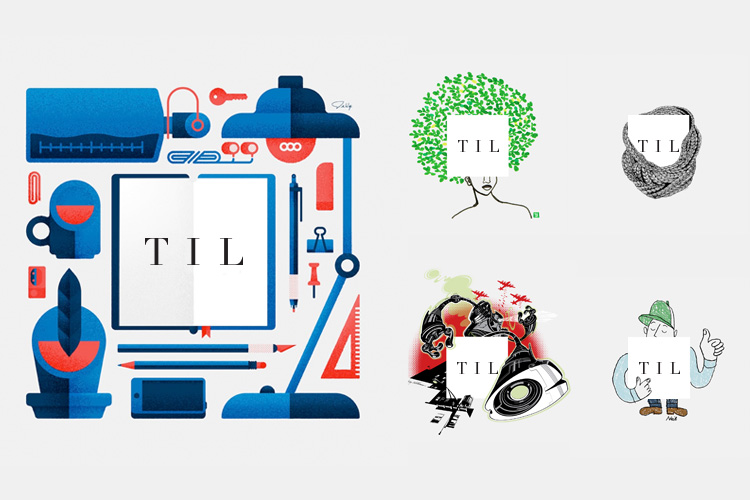
TIL Logos
Because TIL is a community of diverse illustrators with extraordinary talents, it was essential that the logo convey our community, but also emulate professionalism, playfulness, and strength. It was from this empathy that members were engaged to illustrate a personal piece that would complement and envelop the boxy logo. This collaborative effort created a gallery of member’s work that not only reflected the TIL brand but the illustration community as a whole.
If you have any questions, you can e-mail TIL at: theillustrationleague@gmail.com or you can engage with us on our Facebook social media page.

